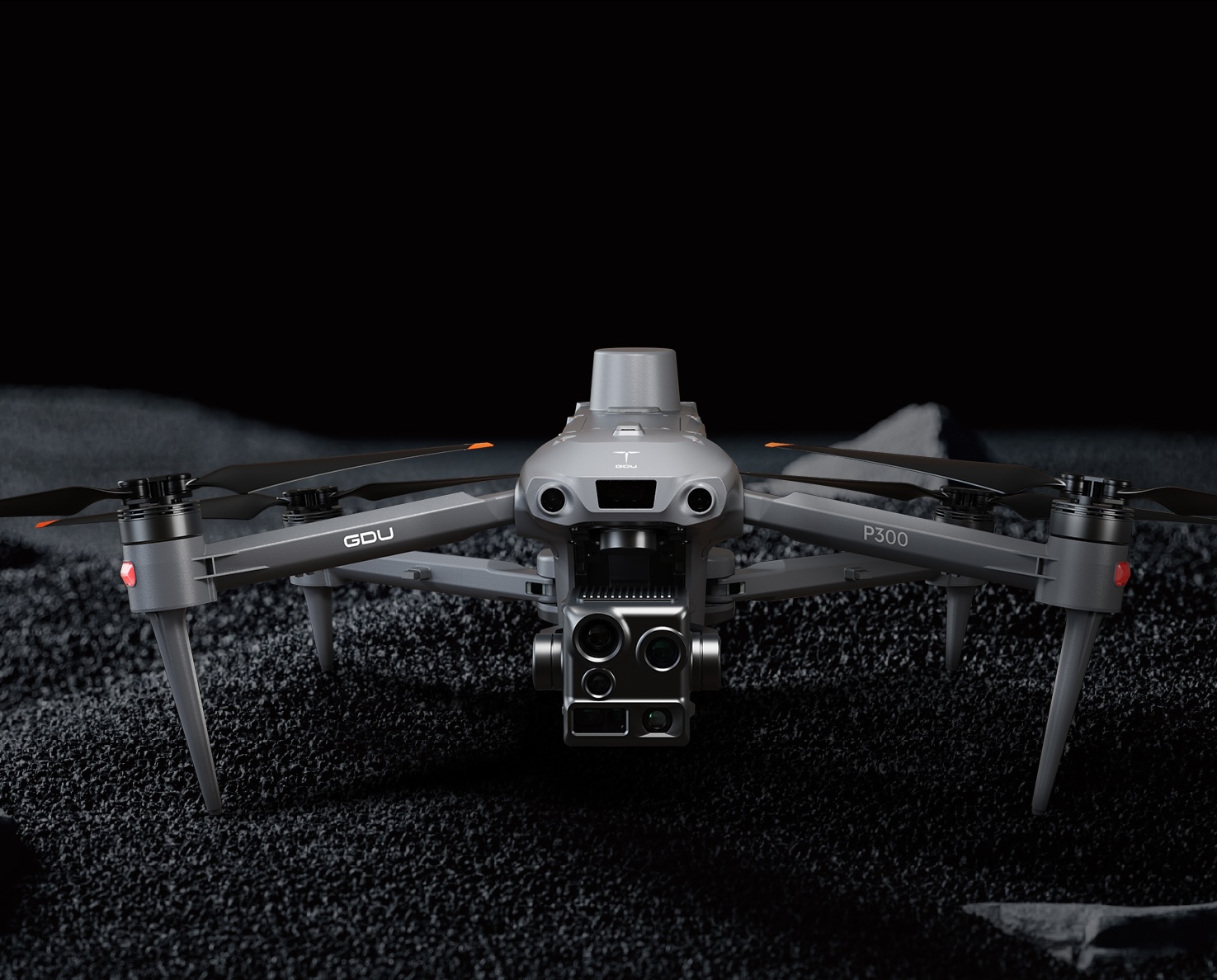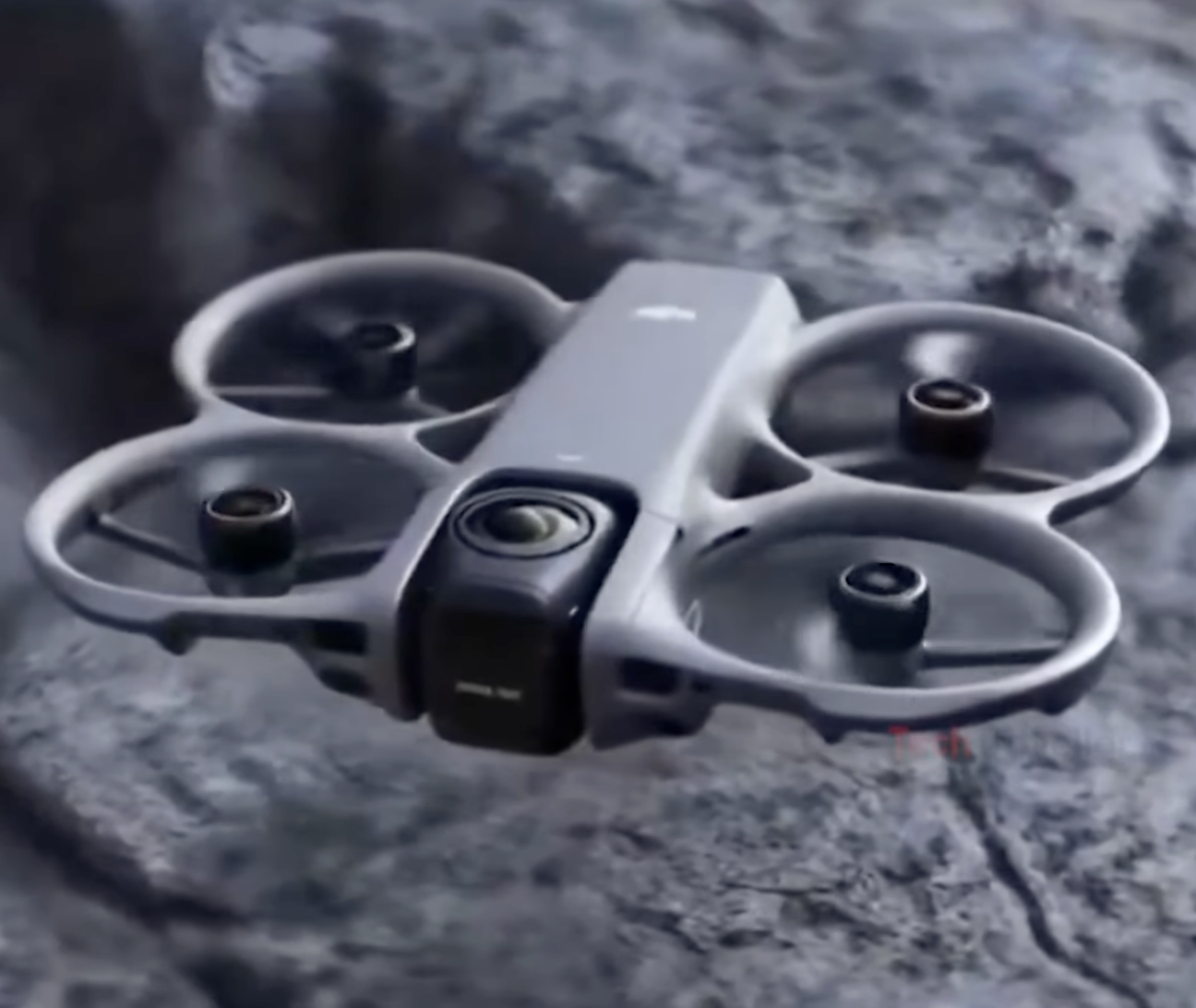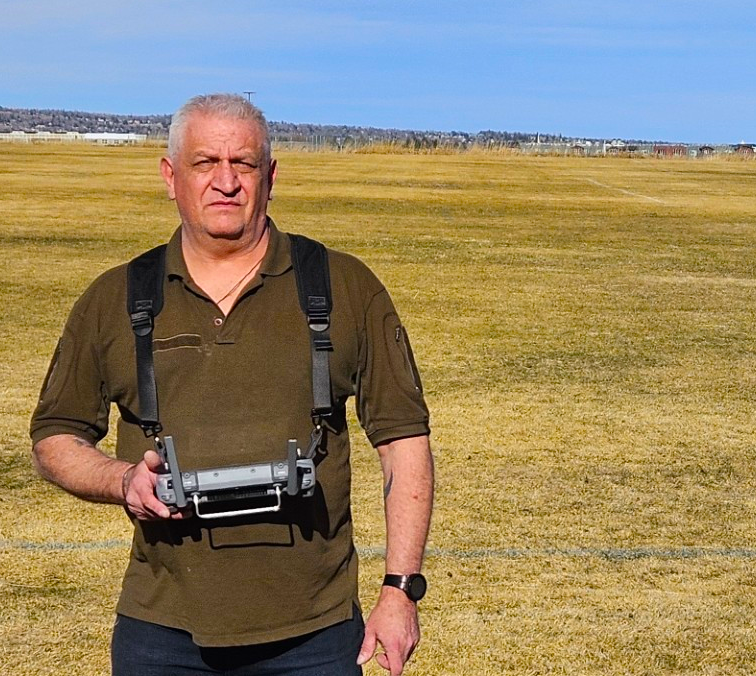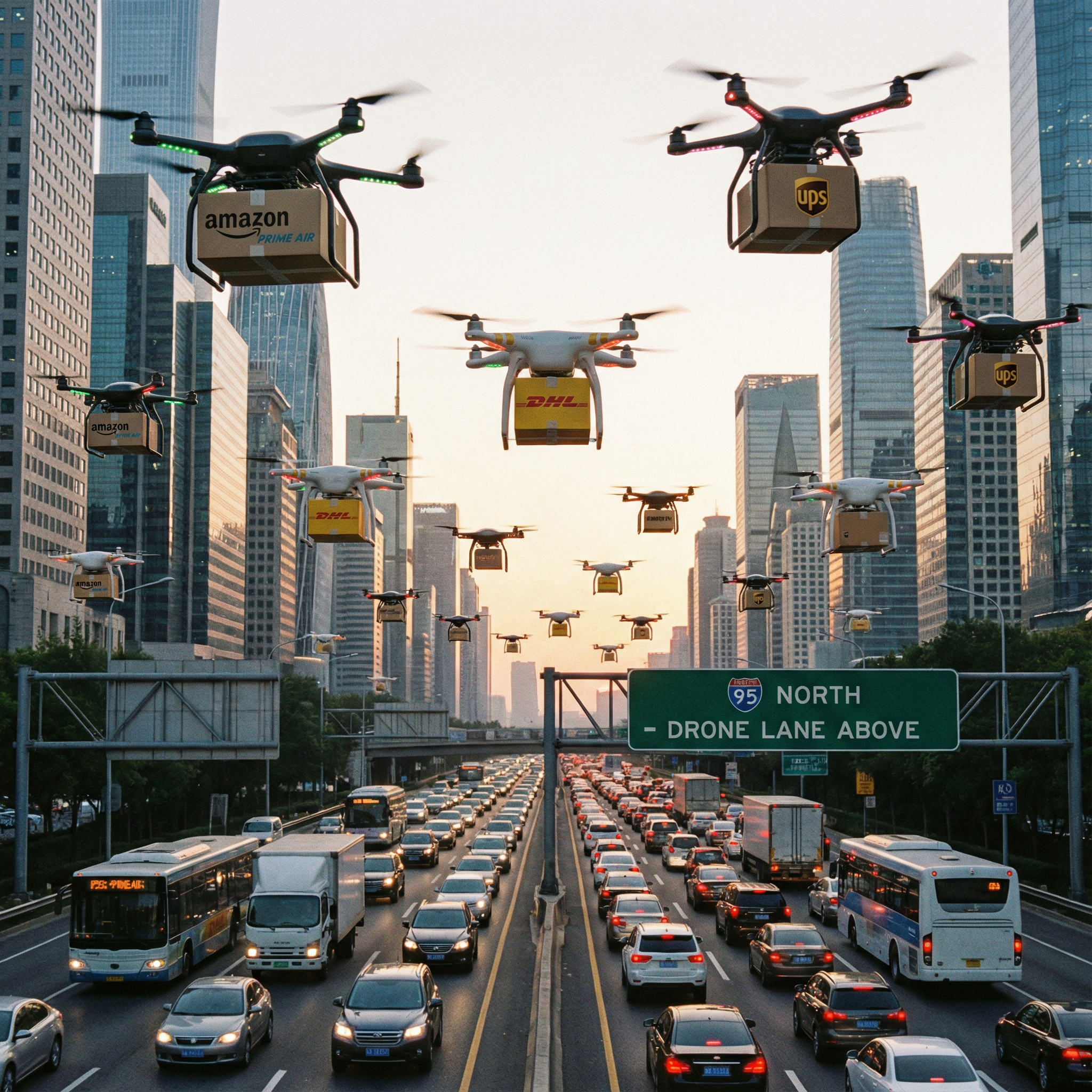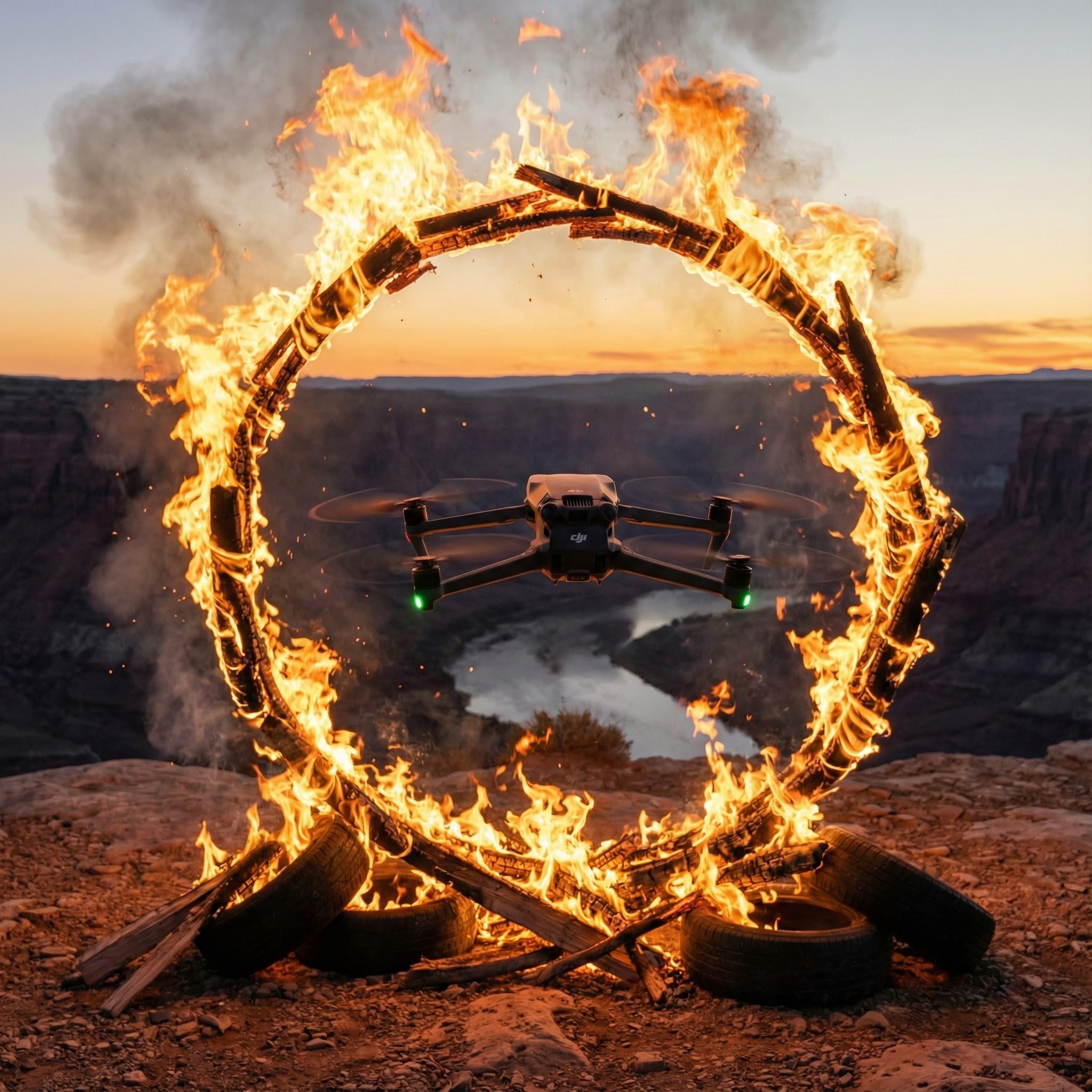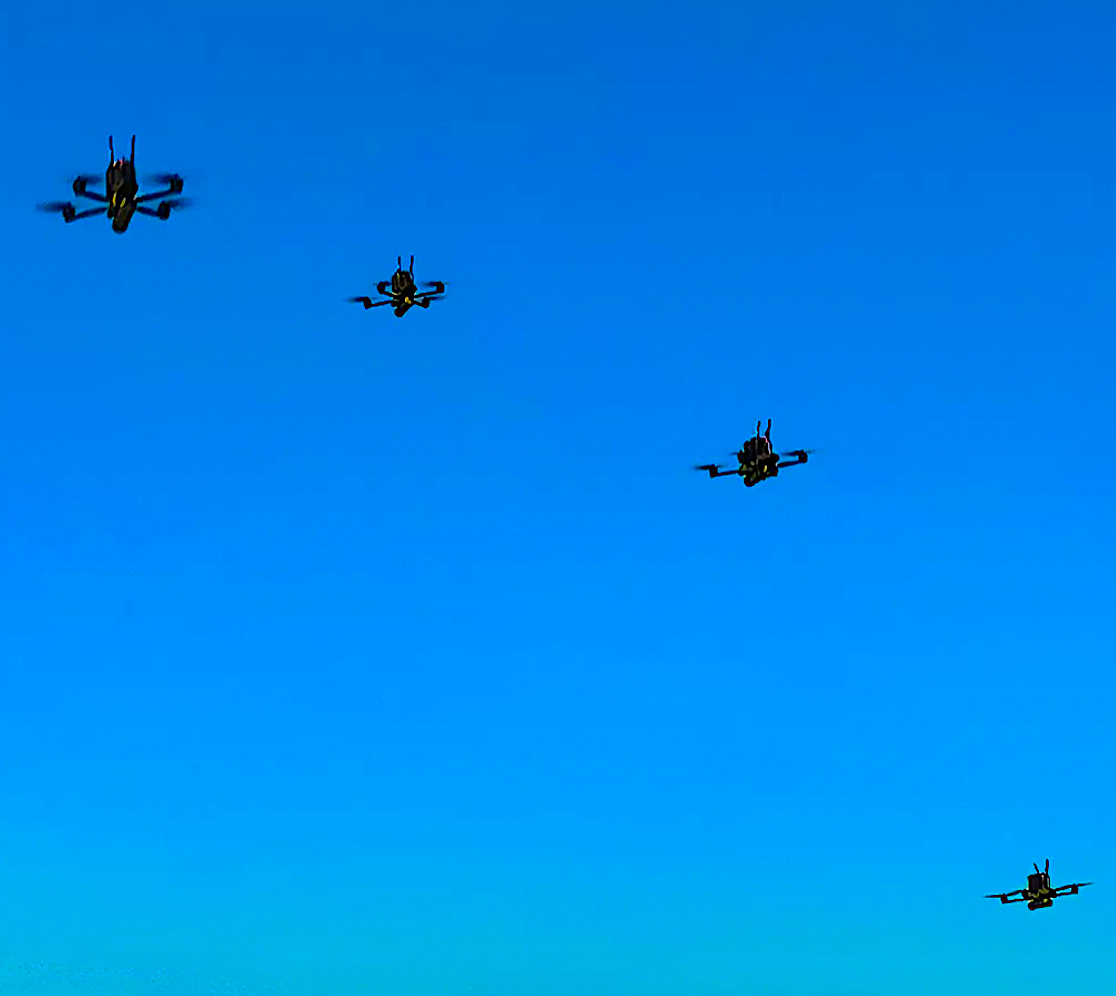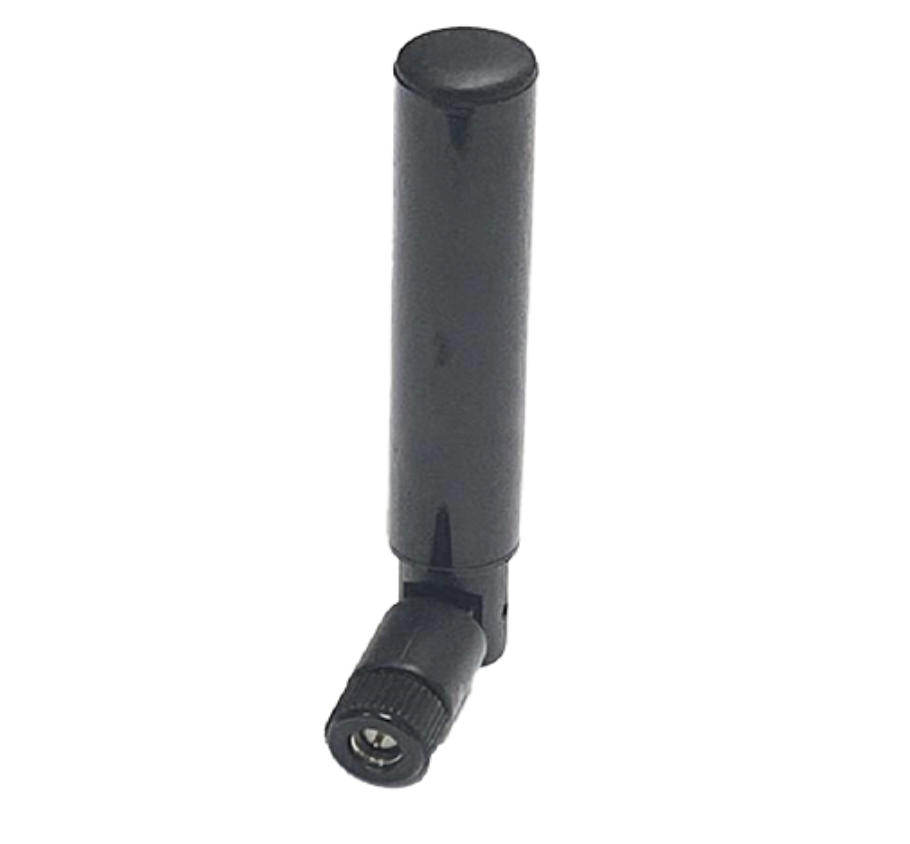Featured NewsTrending NewsGeneral NewsSenator John Boozman Advocates Senate Passage of Drone Infrastructure Inspection Grant Act

15 January 2022
The United States House of Representatives has passed the Drone Infrastructure Inspection Grant Act.
Today, U.S. Senator John Boozman (R-AR) advocated for the Senate to pass the bipartisan legislation during an Environment and Public Works Committee (EPW) hearing Wednesday.
“One of the reasons I’m championing this legislation is because the Arkansas Department of Transportation has really embraced the use of drones to augment human inspectors and spot flaws,” says Boozman.
The Drone Infrastructure Inspection Grant Act would authorize $100 million in competitive grants to use American-made drones to perform critical infrastructure inspection, maintenance or construction projects. This bipartisan bill would also authorize $100 million in grants for workforce training and education to prepare the next generation of workers in this field. It was introduced by Boozman and Senators Jacky Rosen (D-NV) and Richard Blumenthal (D-CT).
WATCH!
Senator Boozman's Column on Drones and Infrastructure
"Arkansas businesses are realizing the benefits of using drones and implementing this advanced technology in their operations. It’s improving efficiency and safety for us all and I’m championing efforts to build on this momentum," wrote Boozman on his website.
"The agricultural industry is also expanding its use of this innovative technology. I’ve seen firsthand how students at Arkansas State University are using drones to study water use in fields and weed suppression. The University of Arkansas-Monticello College of Forestry, Agriculture and Natural Resources is using a drone for forestry studies.
"Entergy Arkansas is strengthening the electrical grid with its three-person drone team that works to detect problems with the hundreds of miles of power lines to prevent issues that could cause outages. Drones allow the company to inspect lines at hard-to-reach locations in a fraction of the time and for a much lower cost.
"Since May 2021, the Arkansas Department of Transportation (ARDOT) has embraced the use of drones to augment human inspectors and spot flaws and structural issues on bridges, railways and other infrastructure projects. After the shutdown of the I-40 bridge connecting Arkansas to Tennessee last year, ARDOT increased its drone capabilities and now it boasts one of the most expansive programs in the country.
"Congress is recognizing the unique opportunities available with this technology and supporting this new approach to empower more communities to use this innovative tool to improve safety and save taxpayer dollars.
"I recently helped introduce the Drone Infrastructure Inspection Grant (DIIG) Act. This bipartisan legislation supports community investments in American-made drones and the next generation workforce to operate these tools.
"This legislation will help local governments save money. According to the American Association of State Highway and Transportation Officials, it costs $4,600 to conduct a manual inspection on each bridge. In comparison, using a drone drastically cuts down on the cost and saves more than $3,000 per bridge. The implementation of drone inspections for bridges would save roughly $783 million nationwide.
"In addition to saving money, we know using a drone also saves time. While it takes about eight hours to conduct a manual bridge inspection, a drone inspection on the same infrastructure takes about one hour.
"It’s no surprise this legislation is gaining backing from the American Association of State Highway and Transportation Officials, industry leaders and local governments across the country. This is a positive step forward in creating a better inspection process and training drone pilots.
"As we continue to work on issues facing our country, I’m committed to giving our state and local governments the resources they need to maintain safe and reliable roads, bridges, dams and other critical infrastructure.
"In Arkansas, we’re investing in modernizing our capabilities and developing a workforce to operate these cutting-edge tools. In recent days, the Arkansas and Oklahoma Governors launched a partnership to leverage the region as the national hub for advanced mobility which includes drones and the development of a workforce to pilot them.
"Using this advanced technology will help ensure our infrastructure, electrical grid and agricultural industry remain strong."
More Intel on the Bill
From Representative Greg Stanton's website—In September 2021, Representatives Greg Stanton and Garret Graves of Louisiana introduced a bipartisan bill to authorize $100 million in grants for state, local, and tribal governments to use drone technology to visually inspect infrastructure, as well as another $100 million to train employees to properly use the drones.
Using drones to conduct inspections in hard-to-reach places would save local governments significant money and speed up the inspection process. Many state departments of transportation, Tribes, and municipalities already use drones to enhance human inspections of critical infrastructure like bridges, roads, dams, and electric substations, identifying and rectifying issues at the earliest possible stage. The Arizona Department of Transportation has used drones to help its engineering staff inspect bridges and perform surveying work along state highways since 2018. Drones are also used to improve access and safety after natural disasters, like wildfires and hurricanes, and to determine the extent of damage.
“Drones are a common-sense tool to inspect some of the toughest to reach parts of our infrastructure,” said Stanton. “It’s safer, speedier and more sustainable. These grants will go a long way to help state, local and tribal governments invest in this cutting-edge technology and better care for aging infrastructure.”
H.R. 5315, the Drone Infrastructure Inspection Grant Act would:
- Authorize $100 million in grants through the Department of Transportation to state, tribal and municipal agencies to purchase, contract for services, or develop program management capability for small-unmanned aircraft systems made by U.S. companies to perform critical infrastructure inspection, maintenance, rehabilitation, or construction projects. The federal share would be limited to 80 percent of the project cost in most instances.
- Authorize $100 million in grants for workforce training and education at institutions of higher education (including community colleges) authorized by Sections 631and 632 of the FAA Reauthorization Act of 2018 (49 USC 40101 note), positioning current and future workers to capitalize on the fast-growing drone economy, and helping to cultivate a diverse workforce. To date, 41 institutions have been approved by the Federal Aviation Administration as UAS-Collegiate Training Initiative Schools, including Yavapai College in Prescott, AZ.
“The National League of Cities applauds the bipartisan leadership of Rep. Stanton (AZ) and Rep. Graves (LA) as they introduce the Drone Infrastructure Inspection Grant Act,” said Clarence E. Anthony, CEO and Executive Director of the National League of Cities. "Cities and towns have embraced drones as a new technology tool for tough tasks like inspecting over the railing of bridges and are eager to train and prepare a new workforce that is ready with the skills to serve their communities.”
“Drone technology has the potential to save lives and help preserve essential infrastructure. This bill would provide much needed funding for drone infrastructure inspection equipment and education and training at the state and local levels. This will not only help states aviation agencies acquire drone technology to safely inspect critical infrastructure, but also bolster the workforce needed to manage it, and improve public safety. State aviation leaders appreciate the leadership of Representatives Greg Stanton and Garret Graves in introducing this legislation,” said Greg Pecoraro, President and CEO of the National Association of State Aviation Officials.
“Commercial drones have amazing safety, efficiency and environmental benefits. By expanding the use of drones to inspect America's aging and decaying infrastructure, and by positioning current and future workers to capitalize on the fast-growing drone economy, the DIIG Act promotes worker safety, protects the environment, and increases efficiencies. The Commercial Drone Alliance appreciates the leadership of Rep. Stanton and Rep. Graves in introducing the DIIG Act to enable the American public to realize the many benefits of commercial drones,” said Lisa Ellman, Executive Director of the Commercial Drone Alliance.
“This bill seeks to provide state and local governments with infrastructure inspection equipment and with resources to prepare and train our workforce. Investing in new technologies is a critical step in continuing to strengthen our economy and grow our workforce.” Jim Tymon, Executive Director of the American Association of State Highway and Transportation Officials.
“This bill promises federal support for tribal governments like the Choctaw Nation of Oklahoma as we address safety inspection concerns with the thousands of miles of utility infrastructure that crisscross include our 11,000 square mile Reservation in southeastern Oklahoma,” said Choctaw Nation of Oklahoma Chief Gary Batton. “The Choctaw Nation is a leader in testing and adopting emerging aviation technologies, including small drones, and like other governments we are actively deploying drone technologies that serve our diverse regulatory responsibilities. The Choctaw Nation is grateful to Congressmen Stanton and Graves for advocating for this much-needed grant program that we hope will help us expand our drone operations, and we urge Congress to quickly enact and fund the Drone Infrastructure Inspection Grant Act of 2021.”
The infrastructure crisis is also an inspection crisis. Nearly half of America’s bridges are more than 50 years old, and other infrastructure is aging quickly. American workers must have safe, effective, and climate-friendly methods to inspect aging and decaying infrastructure. But traditional inspection methods—dependent on heavy machinery—are often dangerous, time consuming, expensive, and bad for the environment. That is part of the reason why an inspection and maintenance backlog persists.
Benefits of using drones include:
- Improved worker safety: Drones significantly reduce risks for workers. According to the American Society of Mechanical Engineers, “drones can perform hazardous inspections and maintenance scans, much more quickly and with greater ease, lessening the perils on the American worker.”
- Reduced carbon emissions: Small drones are electric and offer extraordinary climate benefits. The snooper trucks used to inspect bridges, for example, often get less than 5 miles per gallon. Using drones to supplement the inspection of only a small subset of America’s bridges would be equivalent to removing thousands of cars from the road.
- Greater efficiencies and reduced costs: Drones augment human inspectors, saving time and allowing them to create digital twins to track changes and damage over time. One state DOT expects to save almost $1.7 million over four years by using drones to help workers inspect bridges. Drones represent a 2x cost savings over traditional methods.

